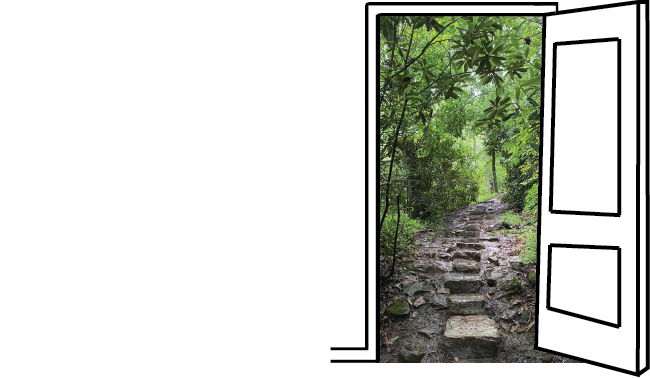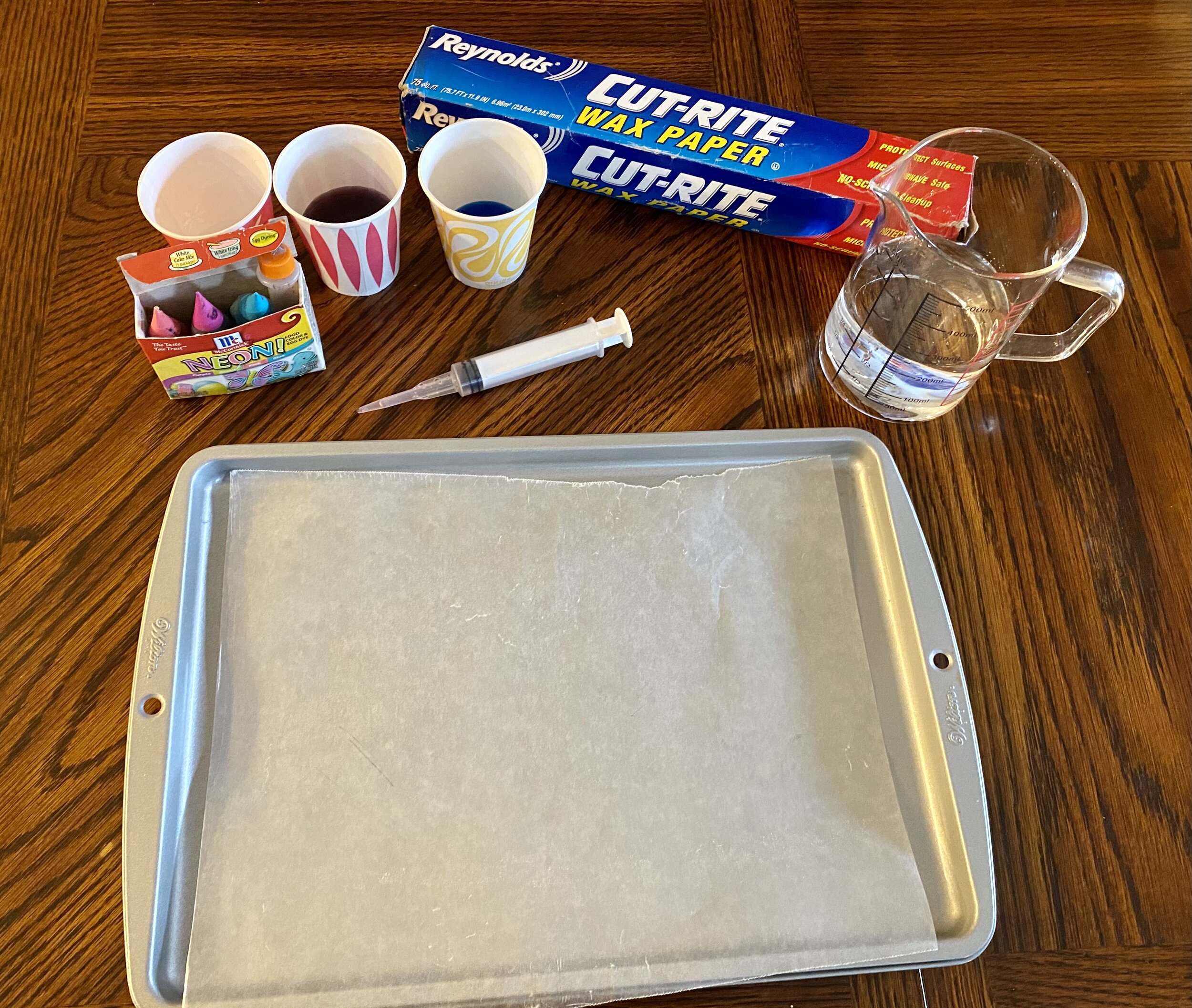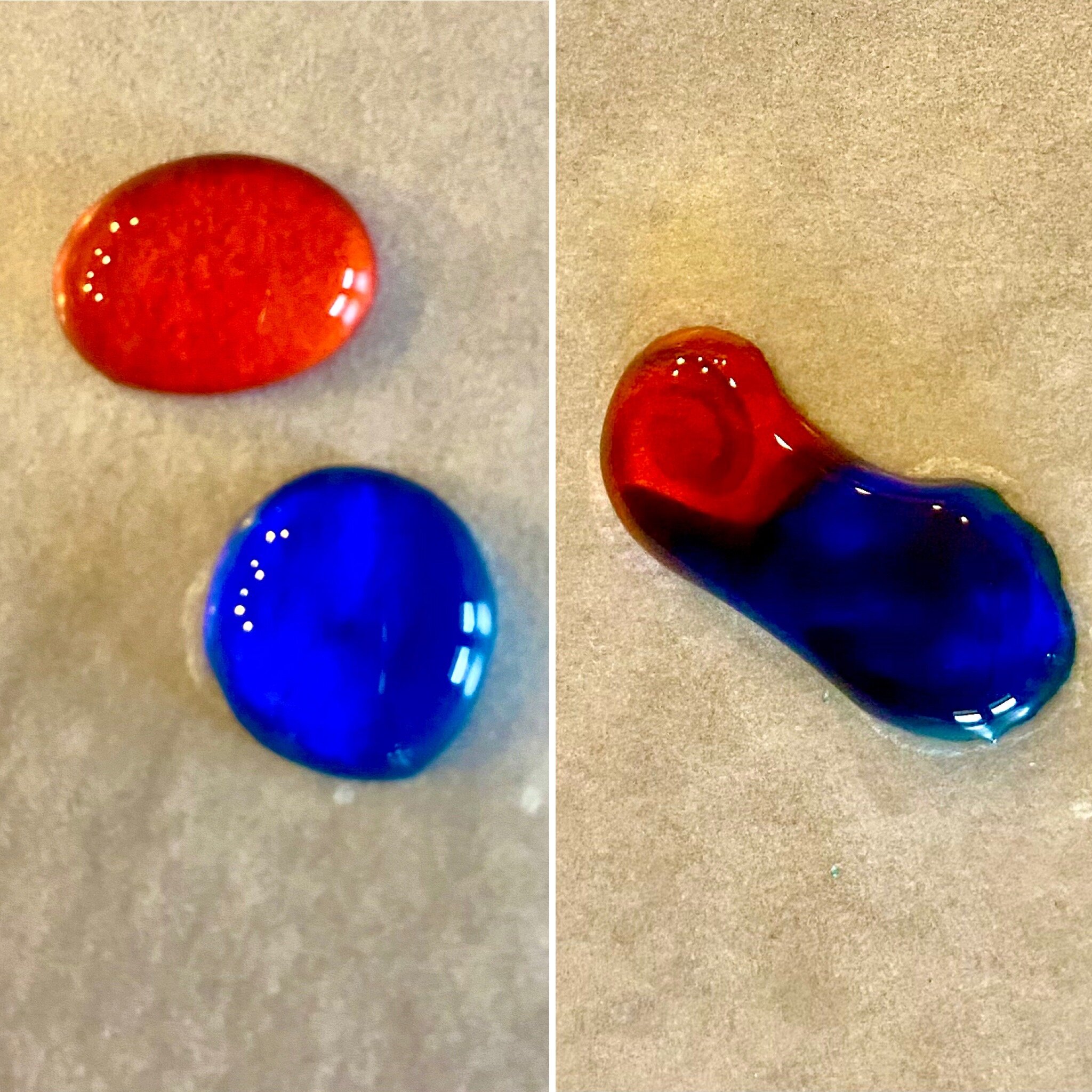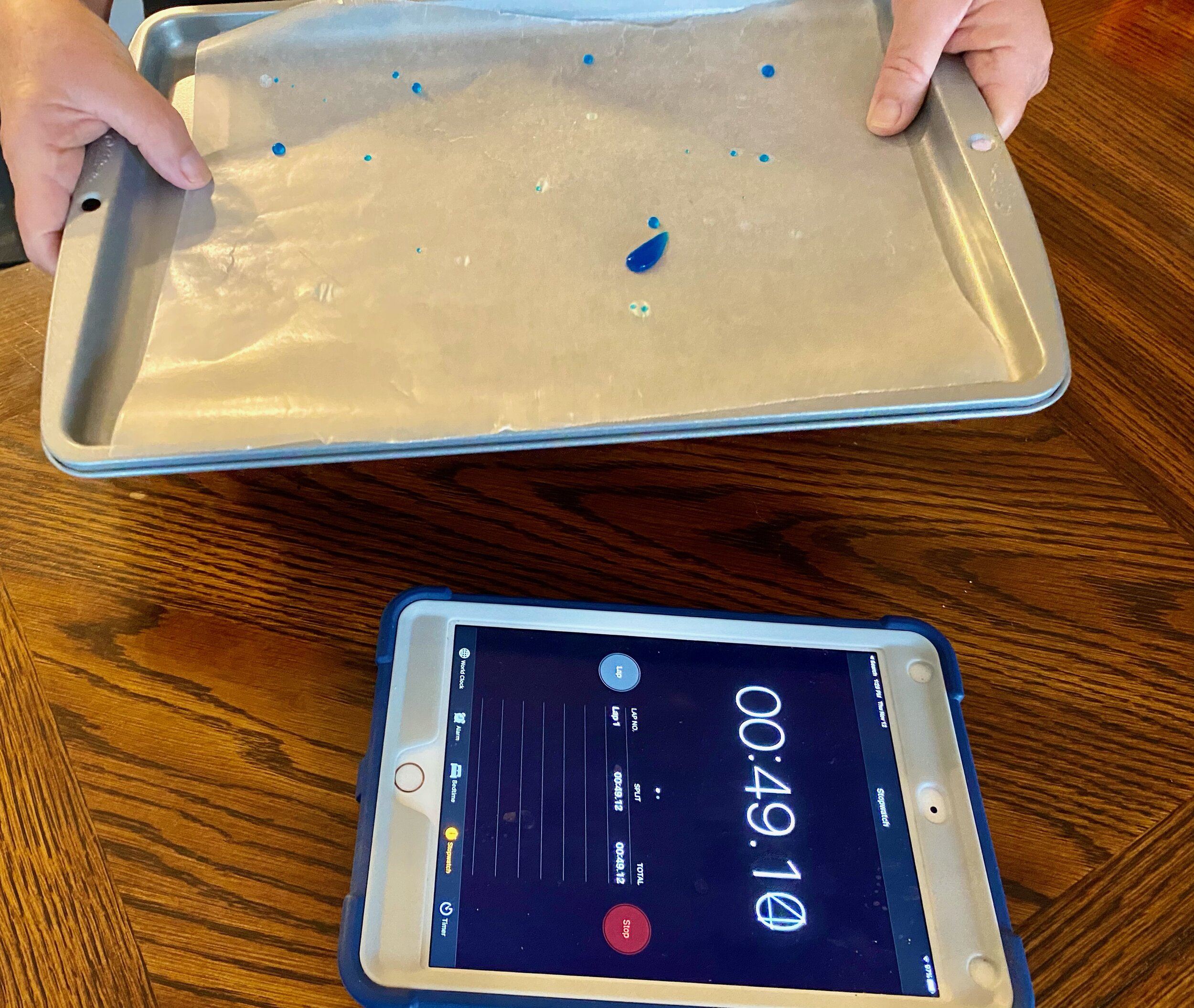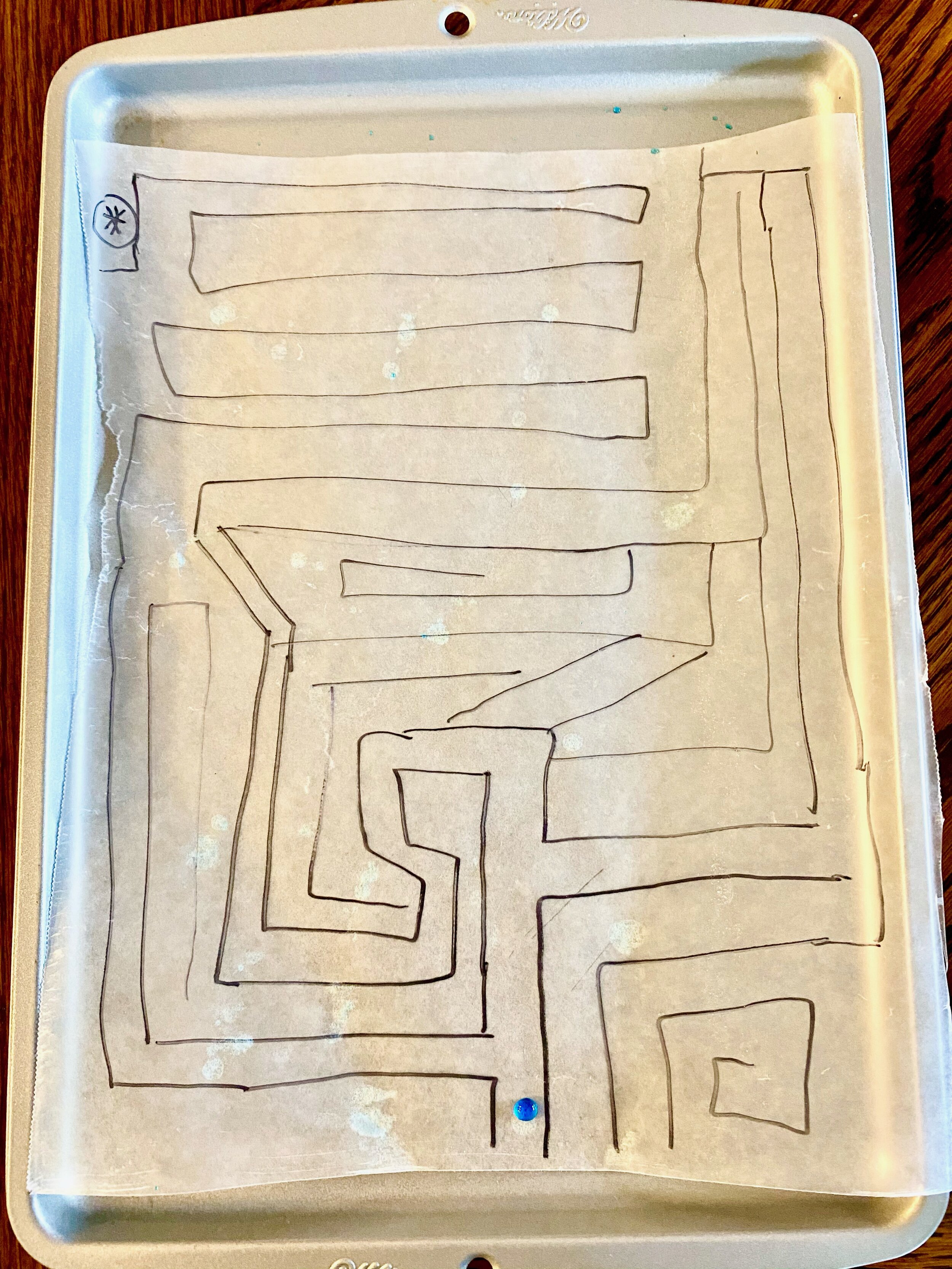Drip Droppin Fun
Water droplets can stretch your brain and strengthen your muscles!
Introduction: Water Droplet Races!
As an introduction to water droplet learning- use a window or another vertical surface and watch as the water droplets race down. (Great for a rainy day or simply add water to surfaces on a clear day!)
It is mesmerizing to see the different paths water droplets take to reach the bottom, some droplets bump into each other creating larger droplets, changing the speed of travel. This activity helps develop beginning basic physics concepts for children.
Children can experiment by changing factors like the tilt of the vertical surface, the amount of water, and the texture of the surface.
It is especially fun for children to pick a water droplet to cheer for in the race. (This a great way to incorporate learning about time, speed, acceleration, good sportsmanship, etc.)
Water drop experimenting!
This is a simple and extremely fun learning activity for learners of all ages! This activity will show children how water droplets are attracted to one another and form larger water droplets-
(Just like in the water cycle when evaporated droplets collide and form clouds!)
Look below to learn how to set up the activity and then how to challenge learners with fun and challenging learning extensions!
What you will need:
Wax paper
Pipette or syringe
Water
Colored Dye (optional, but recommended)
A tray (for easy maneuvering)
Extension: COLORS!
Set up water cups of different colors (blue, red, & yellow are ideal) and allow learners to experiment by putting droplets of different colors on their wax paper and then bumping the colored droplets into each other to see what new colors are made!
Extension: Partner Timing
Have learners partner up and time how fast one another can combine their water droplets. Have Partner A place the water droplets on the paper for Partner B to connect the droplets while Partner A tracks the time. (If they quickly figure out that folding the paper is the fastest way, applaud their thinking and then encourage them to try again keeping their wax paper flat)
Learners will be working on their fine motor skills maneuvering the wax paper, and also working on problem solving skills. Partner A will be strategically thinking of how they can place the water drops for Partner B to take a longer time. (Examples like spacing out the water droplets or adding more water droplets)
You can add more math into this activity by having the partners recording the data and graphing it!
Extension: Scientific Method
Challenge the learners to answer this question: What will make my water droplet move slower from one side of the wax paper to the other?
The learners will have a variety of ideas like changing the wax paper’s texture, adding another substance to the water, or how the wax paper is moved. Follow the scientific method format and have the learner fill out the hypothesis, independent variable (what the learner chooses to change), dependent variable, and constants. This is a simple, but thoughtful way for learners to experiment with the scientific method. By keeping all other parts of the experiment constant, each learner can test their hypothesis and time the water droplets to see which method was the best for slowing down the water droplets.
Download this FREE ‘Scientific Method Template” to use with your learners!
Extension: Maze
Have the learners add lines to the wax paper to make a maze for the water droplet to follow. Making and completing a maze is wonderful for spatial awareness, problem solving, and fine motor control.
Make it a challenge by adding more than one droplet to the wax paper!
